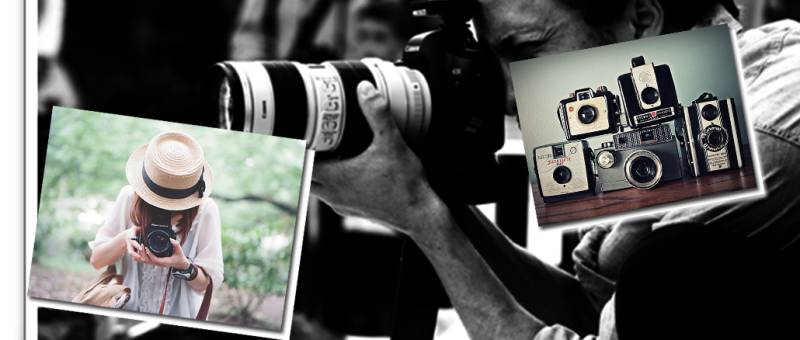Catching The Trend: Is Imperfection the New Beautiful?

As a fashion photographer, I have observed new trends in our photo shoots, branding campaigns and brand’s image-building promotions, but all this is a connection to the evolution of fashion worldwide which started getting prominent a few years back. Some played on with it adding more colour to it and widening perspectives, while others merely played along with the trends like shadows. Noticing these transformed global fashion photography trends makes it easy to see its implications and influences on Pakistan’s fashion industry.
Most of the artists, here and around the world, usually rise from a humble background having a few or extremely low resources to invest in their works. It is not easy for an artist or a photographer to initially find or collect some capital in order to kick-start with a setup. Normally, individuals work hard and earn to start up their passionate professional endeavours; it is, therefore, not convenient for young photographers to buy costly equipment or hire post-processing teams. The only thing which makes an artist’s work recognisable is the aptitude it gets grilled under, the rest is all the uphill battle and persistence which begins to make contrasts after experience begins to flow in.
The reason why western photographers’ works portray a product in the purest and most natural form is because of not relying on either the glittery equipment resources or an assistance crew or even on post-processing procedures (unless required by the mood board). This elevates the outlook of their work and the audience reach is easily boosted by taking it to social media platforms. Easy availability of digital single lens reflex cameras also known as DSLR cameras has made people come closer to photographic products on all media.
The days when audiences used to see fashion campaigns only in print magazines such as Vogue or Harper are long gone. The digital media of today has its own standards: what’s quickly displayed, is well-maintained trends and is shared among circles, dictates how healthily an artist sustains its market’s presence. Print media consumers are becoming limited day by day. Digital photographic products require three times lesser resolution and less retouching to be displayed on computer or tablet screens; electronic magazines are therefore easy to be managed and put in front of audiences. It is actually the printing that reflects the real hard work and pain taken in finalising a commercial photograph.
Consequently, there are many organisations working for the cause where they want women in fashion to own how they look, their complexions and their curves, which actually is a beautiful thing to work on and spread awareness about. I have shot a campaign like this too, collaborating with a journalist here in Pakistan. On the other hand, our local fashion industry lacks appreciation for models who carry an aura of imperfection; the artists and the industry are seriously damaging themselves by following the social media’s rookie trends by compromising on styling and retouching. Keeping the photographic content of a photo shoot ‘natural’ doesn’t mean letting the hair cover the face, and leaving unnecessary marks or unwanted highlights untouched.
We need to understand that social media applications are merely the means to communicate and share our works with the digital consumers. The competition in the Pakistani fashion market was healthy and vibrant, long before Facebook, Instagram or such portals started becoming a stage for amateur artists. We already had a bar set, we need to rediscover it and should move towards perfecting our fashion photography works. Social media cannot be used as a trendsetter or the market’s demands communicator; it does not set trends on itself, a creative work of an artist does.
An artist, while making his place in the market, should concentrate on learning and using his skills to give identity to his work. All senior photographers have matured themselves upon working on their kind of lights, playing with their signatory mood boards and keeping the outlook creative in their respective identities while practising these techniques in their editorials. Following what’s trending only dwindles your own talent, diminishes the esteem of your own work.
Numbers and statistics are meaningless in the creativity business. Artists are not trend-followers but ‘trend-setters’. Progress in your journey only to grow and advance, add hard work to it and witness value added to your results.
Disclaimer: The opinion, belief and viewpoints expressed by this author do not necessarily reflect the opinion, belief and viewpoints of H! Pakistan or official policies of H! Pakistan
